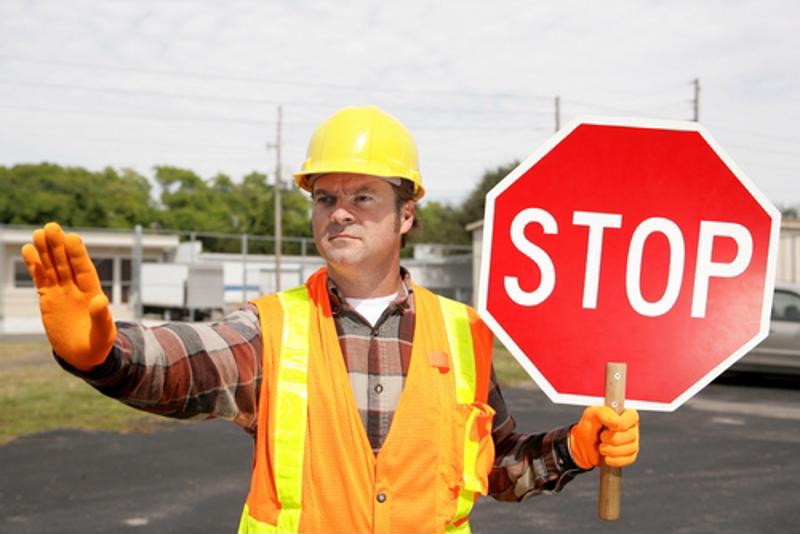

Tesla has been operating as a niche vehicle manufacturer with aspirations of going mainstream for several years now. Founded by famous entrepreneur Elon Musk in 2003, Tesla made its initial name by selling luxury electric cars, vehicles that sported every convenience while presenting a favorable "green" image on environmental efficiency.
With the Model 3, however, Tesla wanted more. Unlike its other vehicles, the Model 3 base product is priced at a mere $35,000, opening the door for the company to expand its market share and seize some of the mainstream automobile audience. That said, the company was dealt and unexpected blow when popular professional critic magazine, Consumer Reports, failed to give the car a recommendation.
Luckily for Tesla, a software update was able to boost their score and now Consumer Reports recommends the Model 3. However, this fiasco demonstrates how vital braking systems can be when it comes to vehicle rating and popularity. In order for Tesla to claw back into Consumer Reports' good graces, the braking system had to be patched and improved.
"The test driver called it the least consistent car they had driven in 11 years."
The initial failing
Consumer Reports' initial breakdown of the Model 3 still had its fair share of flattery. The reviewer praised the vehicle for its acceleration speed (The Model 3 can achieve 0-to-60-mph time of 5.3 seconds) and superb handling. However, the first - and largest -red flag of the review came in the braking test.
Consumer Reports designs this procedure to understand how cars perform in emergency scenarios. Based off of SAE International's braking system test, the vehicle is brought to a speed of 60 mph. The driver then hit the brakes hard and measures the distance it took the vehicle to come to a complete stop. This process was repeated a few times, with the car in question being driven normally for at least a mile in between tests to ensure the brake system does not overheat.
The first test was fairly positive - 130 feet. These were the results Tesla were claiming as well. However, as Consumer Reports deepened its procedure, the Model 3's performance suffered. It became inconsistent, leading the critic to bring in another car just to make sure it wasn't a singular vehicle defect. Both cars continued to register erratic stopping times, earning a 152 feet average stopping time. Keep in mind, the class average is 131 feet.
The test driver even went so far as to call it the least consistent car they had driven in 11 years, likening its braking system to that of a commercial truck rather than a mass-market car.
How Tesla upgraded into success
Tesla CEO Elon Musk did not respond well to the report. According to the Consumer Reports follow-up article, he vowed that his company would fix the problem through a software patch "within days." True to his word, Tesla support staff did release a quick fix that gave the braking system a noticeable upgrade.
The update focused largely on the Model 3's antilock braking system, inputting more response options for different environmental settings. When Consumer Reports tested the product again, they found an overall stopping distance of 133 feet - a dramatic upgrade from the previous results.
While the critic still had issues with the Model 3, the improvements were enough to push the company into issuing an official recommendation.

Why sites like Consumer Reports matter
Some vehicle manufacturers may have dismissed Consumer Reports' report as just one of many - a voice with limited reach. Indeed, according to an article by The Atlantic, Consumer Reports had a subscriber audience of around 7 million in 2016. That's large but hardly astronomical. However, in addition to Consumer Reports' reputation, the story was picked up by several other large online journalism sites.
When companies, especially ones new to the mass market like Tesla, wish to break in, they must do so with all the positive press they can muster. Musk's handling of the situation can even be praised. By releasing the software update so quickly, his company demonstrated one of the clear advantages of electronic brake systems. No units had to be recalled and, overall, large expenses were avoided.
Going forward, it will be interesting to see how automotive manufacturers use review sites like Consumer Reports to quickly identify and patch problems within their electronic systems. Braking remains one of the most crucial components of automobile construction, a factor that can determine whether a car will be commercially successful or not.
As braking systems continue to innovate along with automotive technology, it will be interesting to see if cases like the Model 3 become more common.
When manufacturers begin designing a new braking system, testing is an essential step in getting it ready for production. To navigate the complex world of safe component manufacturing, companies can request a complimentary brake testing consultation from Greening.